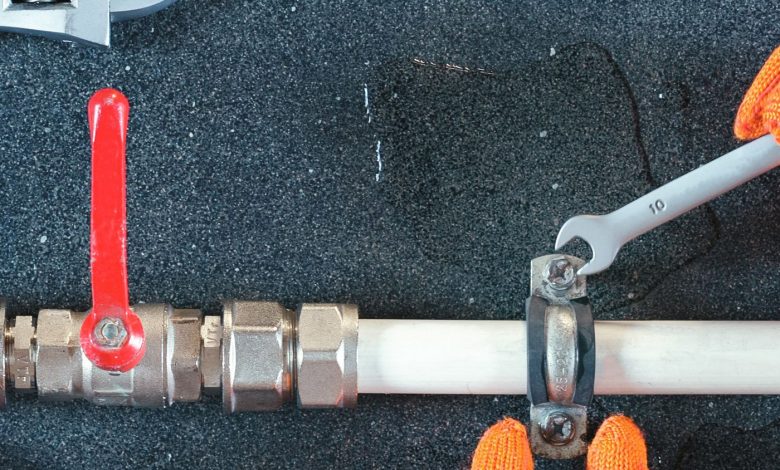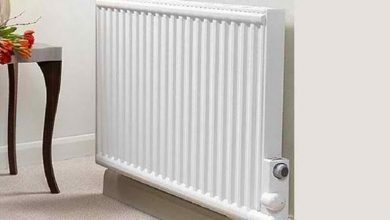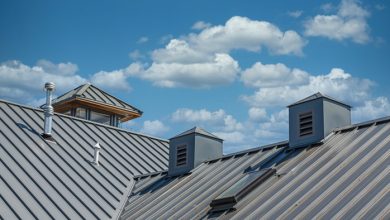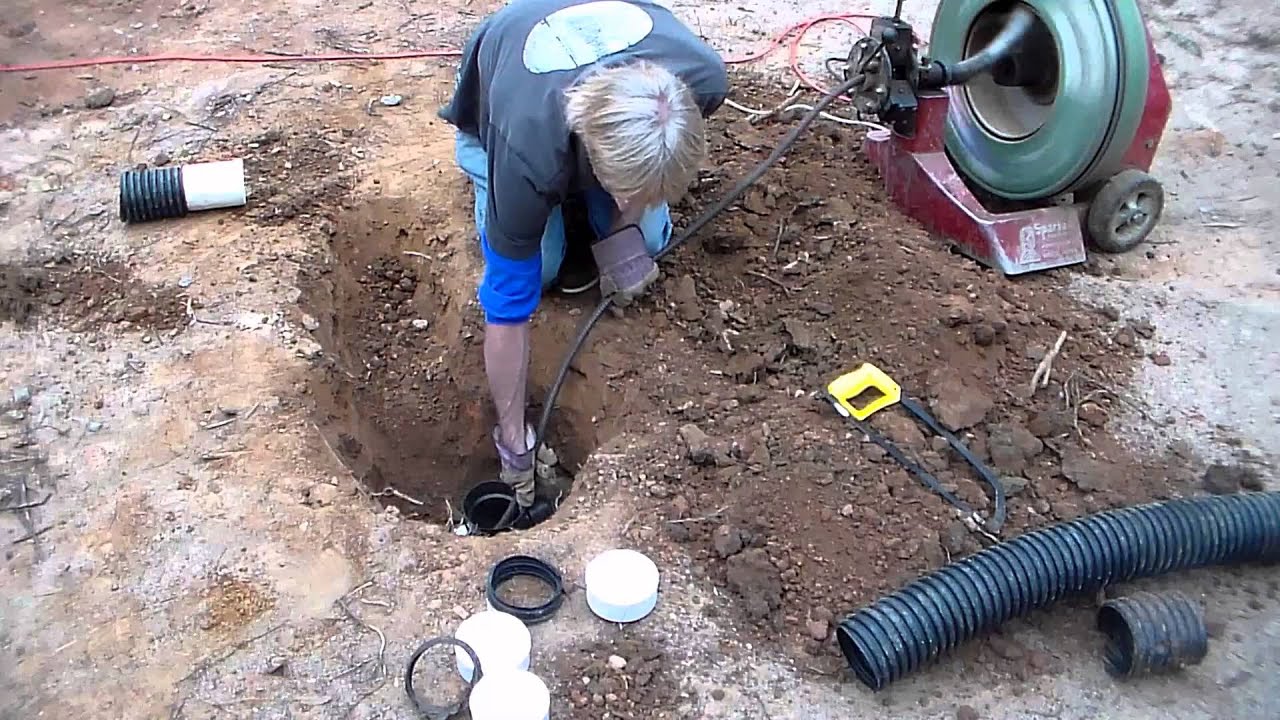Trenchless Pipe Repair

Traditional pipe repair, maintenance, and replacement methods represent a high economic, social and environmental cost. The fact of having to carry out an excavation implies breaking the pavement, paralysis of services, contamination of sewers, ample time in the realization of the work, danger zones for pedestrians and drivers, health problems for the inhabitants near the pipeline, and health problems for the inhabitants of the area.
Trenchless pipe repair methods are a revolutionary technology used in developed countries around the world. Nowadays, it is impossible to paralyze areas by changing a pipe because it would represent costs beyond those already mentioned.
This technology consists of a series of techniques and methods. It is possible to repair, replace or install a new pipe subway without the need to open a trench by simply using the existing space. Some of the most important are:
The tight lining system comprises a range of techniques, from which a choice can be made depending on the type of pipe and pipe conditions. Rolldown is achieved by passing the pipe through an array of hemispherical cylinders. This process reduces the diameter by about 10 percent; this reduction is due to increased wall thickness.As the deformation is semi-permanent, the liner can be stored on-site until use. Once inserted inside the pipe, the liner is reverted to its original diameter by applying pressurized cold water.
The reduction process can occur as the liner is inserted into the pipe or at another location, depending on the space available on site. This allows great flexibility. The liners are joined together to form a line of pipe before being passed through the Rolldown platform.
Hot drawing or stamped liner involves reducing the diameter of the liner by primary heating to a temperature of around 100 degrees Celsius. The liner, made of polyethylene, is then pulled through a narrow steel reducing mold, which squeezes it until its diameter is reduced.
The liner is then pulled through the winch into the pipe. The reduced diameter of the liner is maintained due to the tension produced during winching. Once the liner has been installed, the winch force is relieved, allowing it to revert to its original shape. The diameter of the liner is typically reduced by about 6 percent, allowing for easy insertion into the pipe. The wall thickness of the liner remains the same, but the length of the liner is increased by offsetting.
A cold drawing system is also available, where the liner remains at ambient temperature as it is pulled through the mold. Additional lubrication is sometimes required in this process, usually vegetable oil or bentonite. However, the liner returns to its original shape through a natural spreading process in hot and cold cycles. An additional reversion process is therefore not required, simplifying the coating procedure.
The epoxy resin coating is made of two parts: the resin and a hardener. These materials are recommended for contact with potable water. The coating equipment consists of a surface-mounted platform and an application unit.
The platform incorporates storage compartments for the coating materials, pumping equipment, and hoses. The application unit consists of a mixer and spray head.
Service entry is accomplished at appropriate locations, typically every 100 meters. First, the isolated section of the service is cleaned, and then CCTV equipment is conducted to check that the pipeline is free of deposits and that there is no standing water.
The epoxy materials are pumped to the application unit, mixed, and then sprayed onto the pipe. Finally, the team is introduced into service, leaving a one-millimeter-thick coating. After application, the epoxy resin cures for approximately 16 hours before the service is reactivated.
Thus, the cost of any of these techniques is lower than traditional methods in every way, economically, socially, and environmentally. In addition, the time factor is significantly reduced, and system downtime is almost nil.





